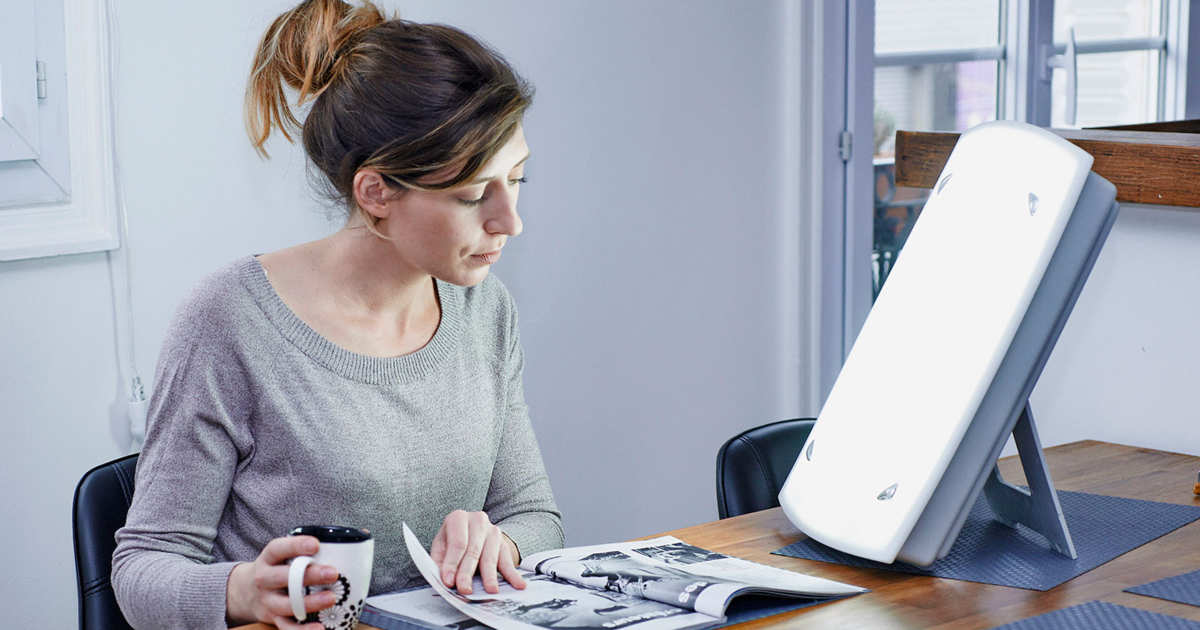Cure The Winter Blues: Surefire Ways To Beat Seasonal Affective Disorder
Light Therapy

Since SAD was first identified as a disorder, many research studies were conducted to find solutions. One of the best solutions was created through the advances of technology; phototherapy devices like dawn simulators are powerful lamps that turn on as the sun comes up providing exposure to its strong bulbs for 30 minutes each morning. Doctors have claimed that the results are as powerful and effective as an antidepressant.
One of the reasons that make this kind of therapy work is that when an individual is exposed to light in the early morning, it helps to regulate their circadian rhythm. These lamps are common in Nordic countries as they are more affected by winter days than those near the tropic lines.
Winter Holidays

An alternative way to get some light therapy is to go on winter holidays. Booking a flight to a state which is less affected by the cold weather or even a country in a different hemisphere can dramatically change one's mood. It will likely cost more than a dawn simulator, but vacations are not only about the weather; the benefits of sunlight exposure are gained while also making memories that last a lifetime. Instead of traveling during the summer, SAD sufferers could save their annual trips until the winter and end up getting two doses of summer every year.
